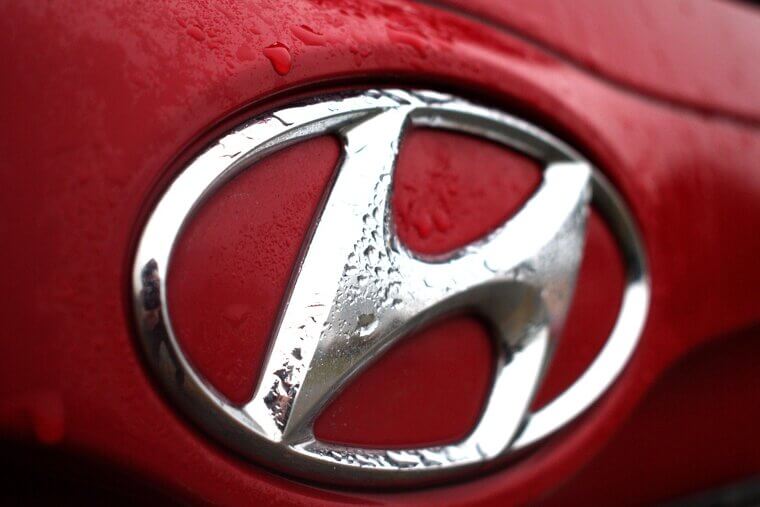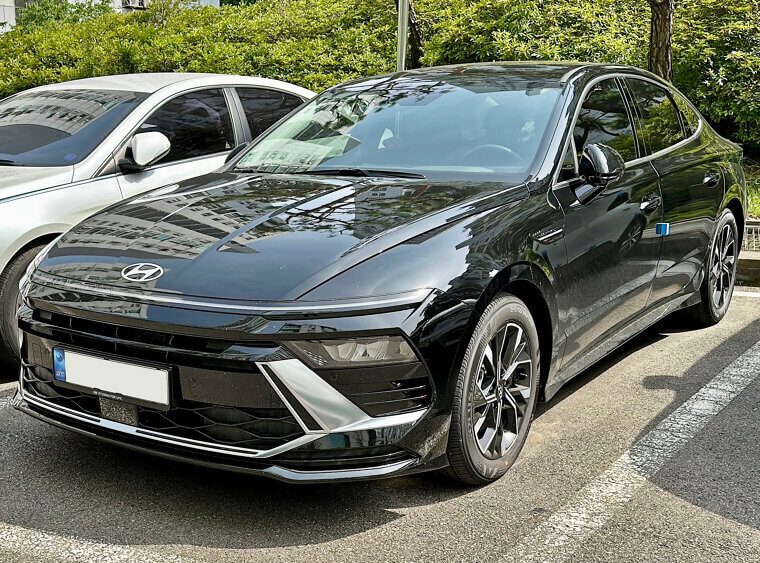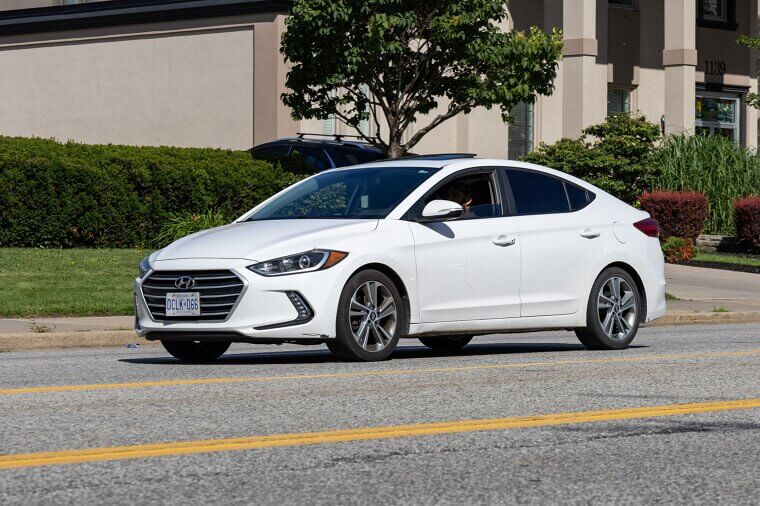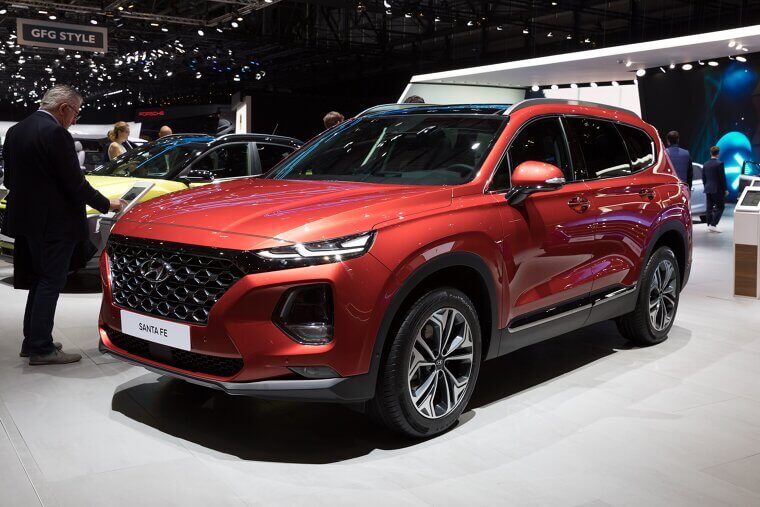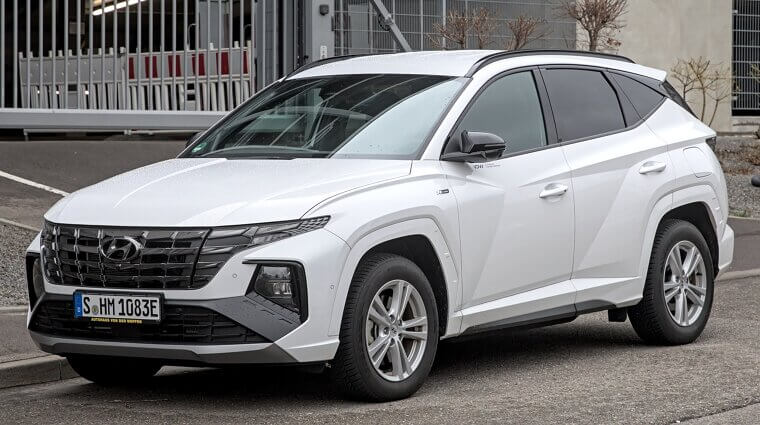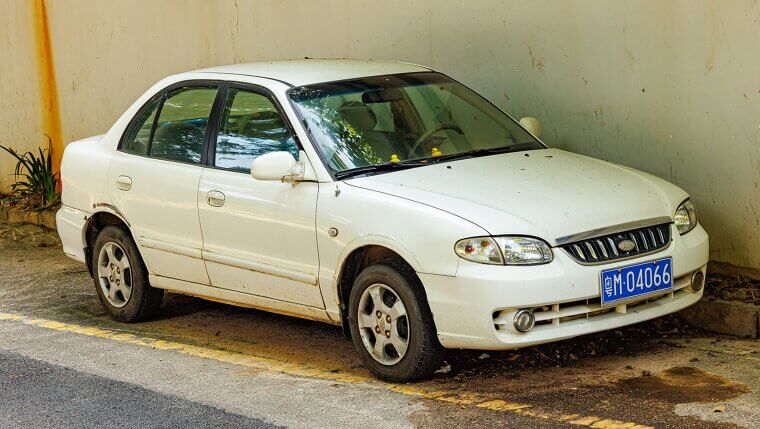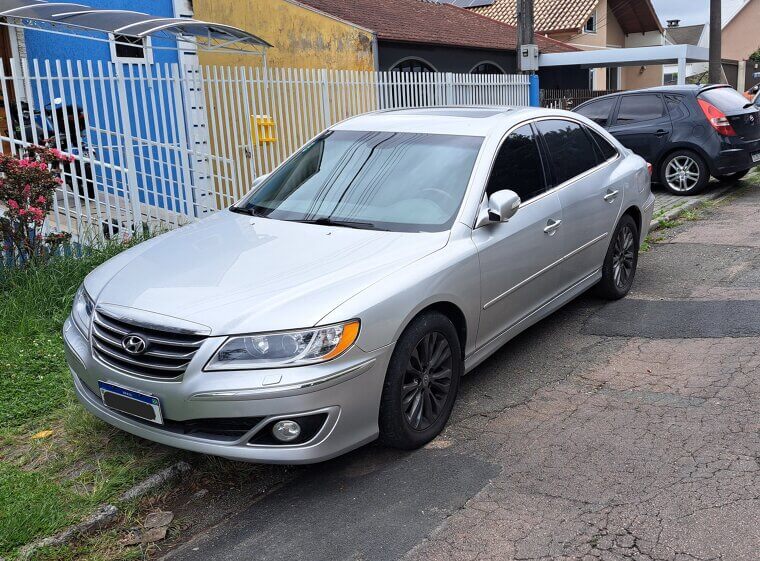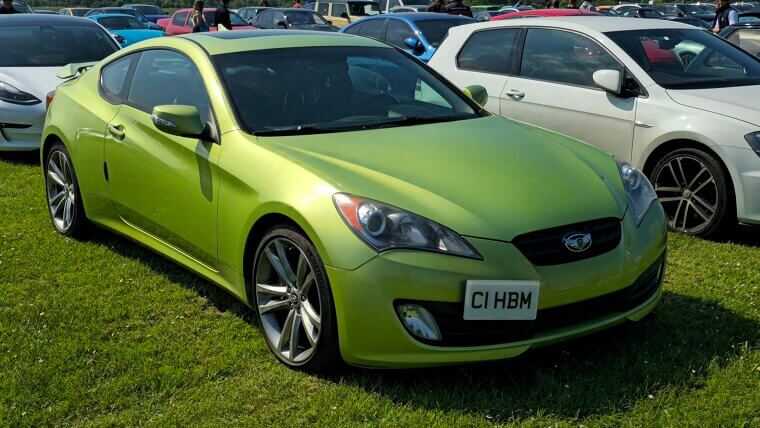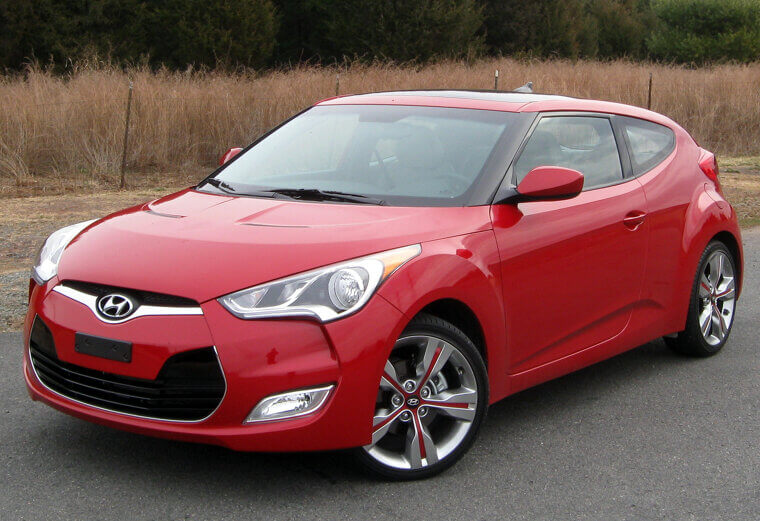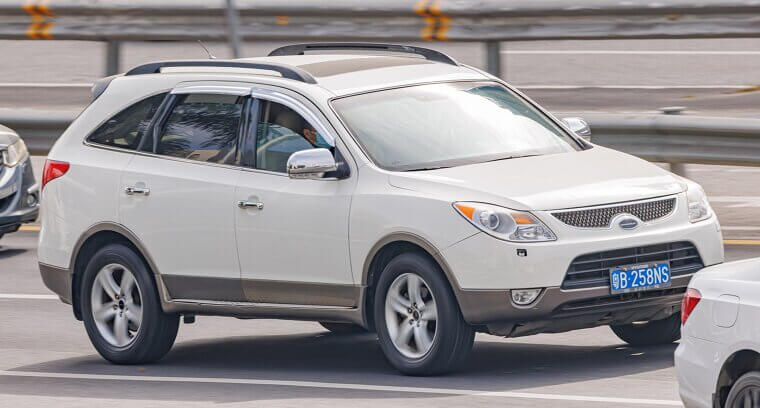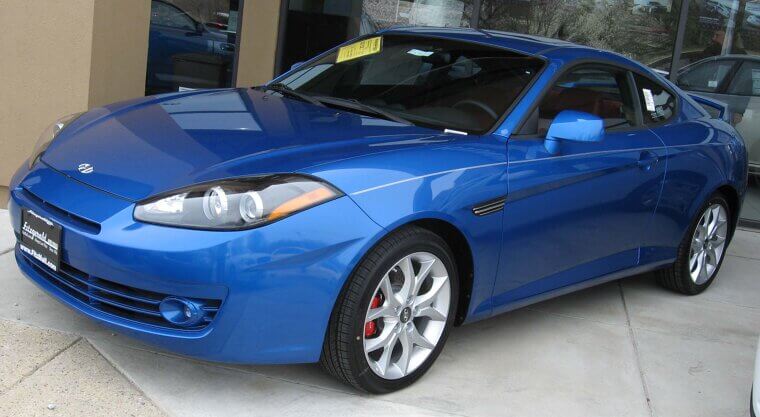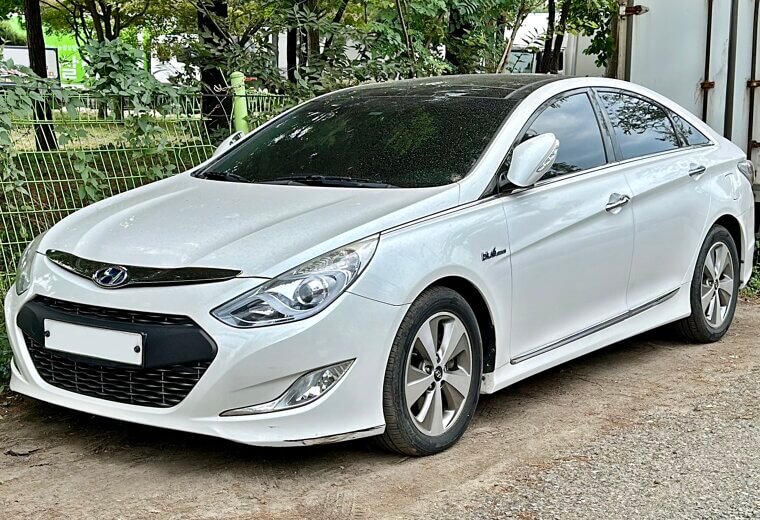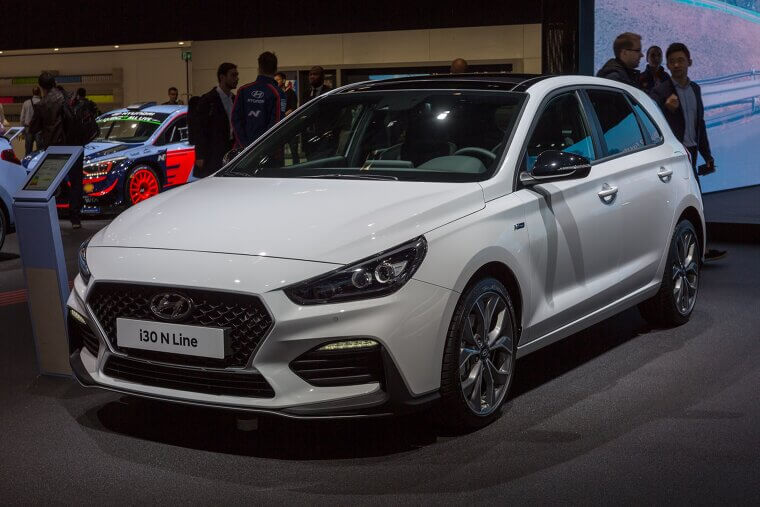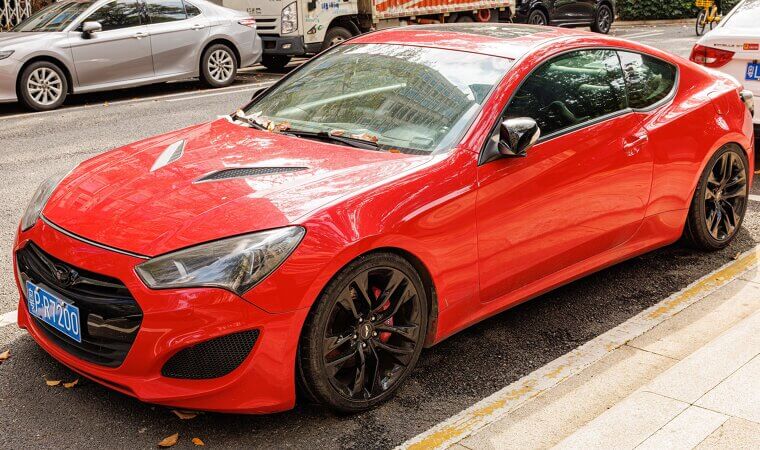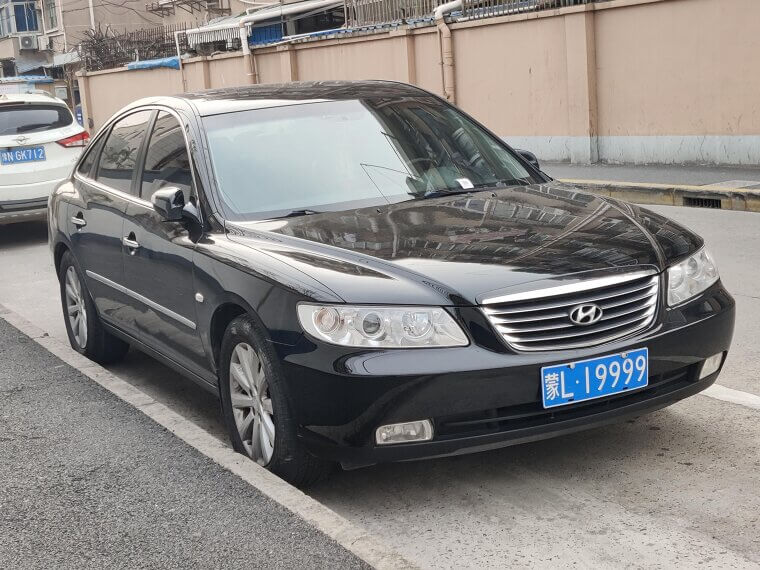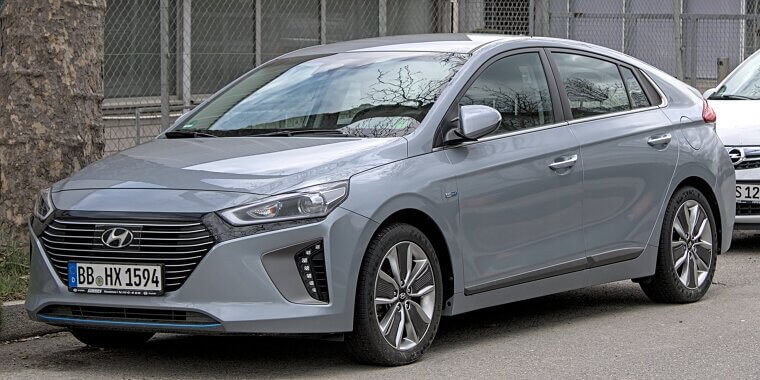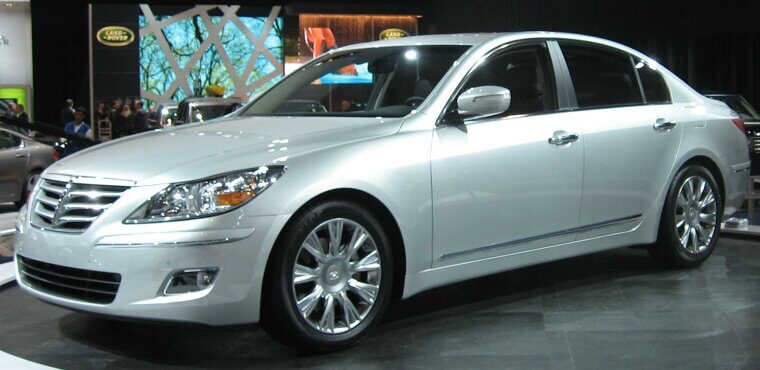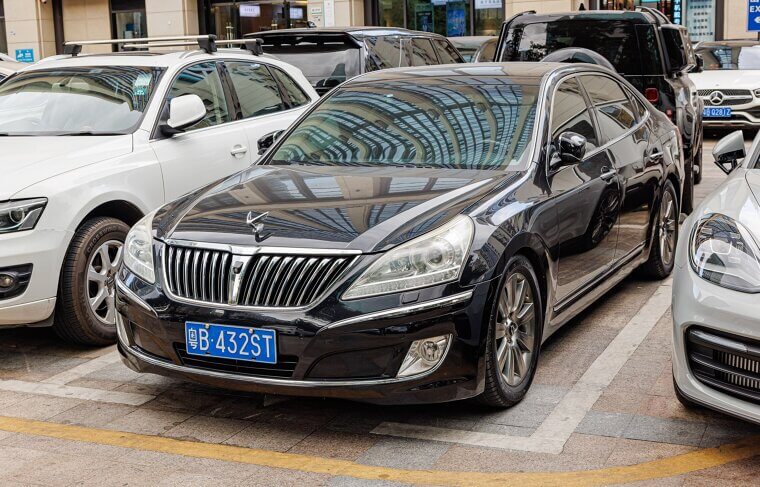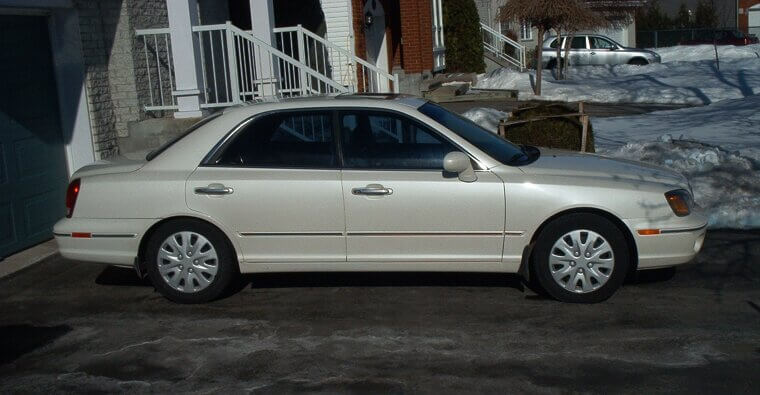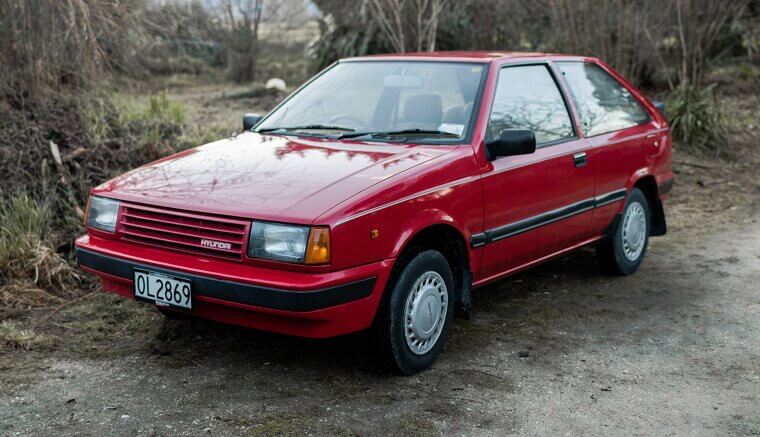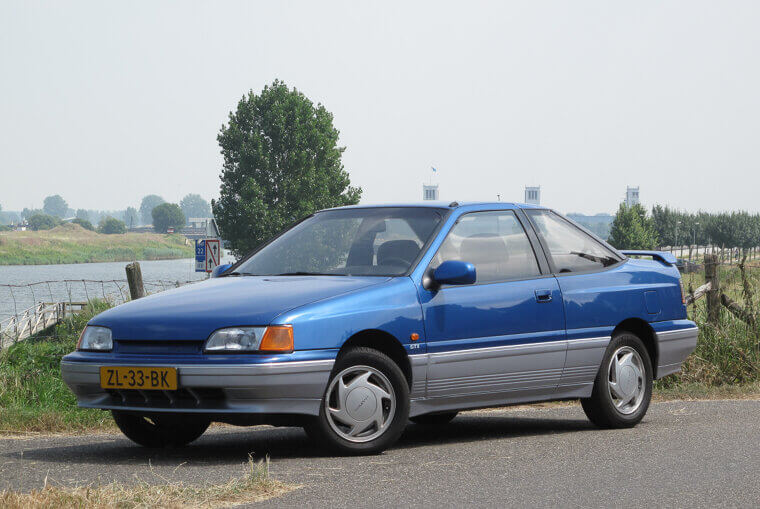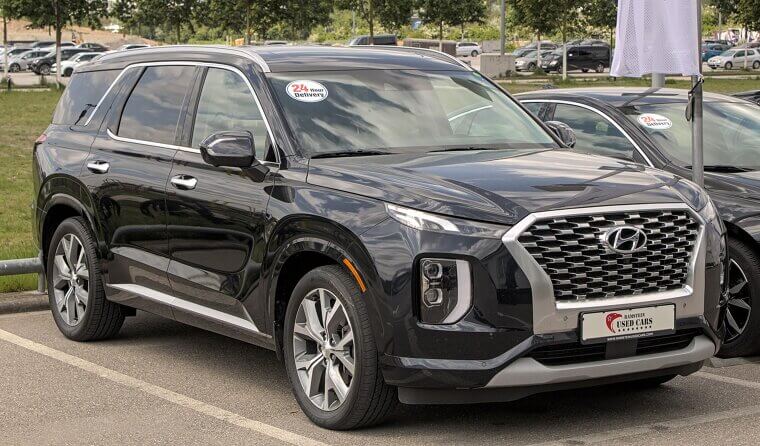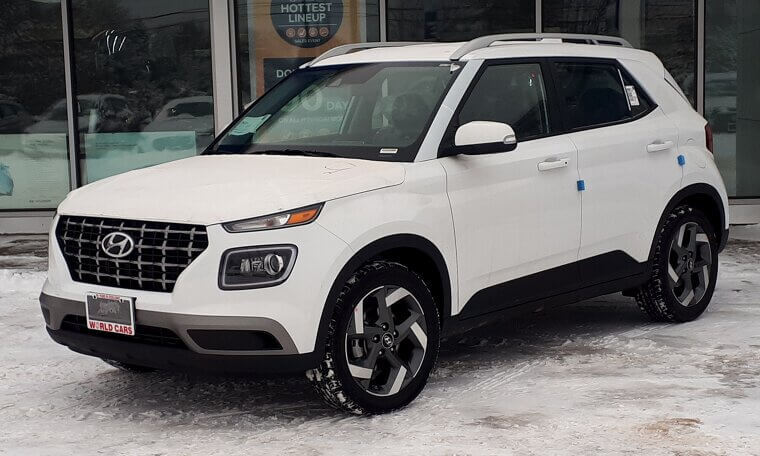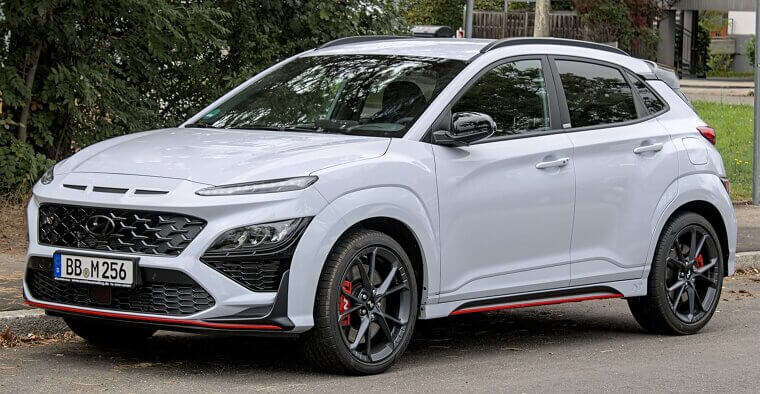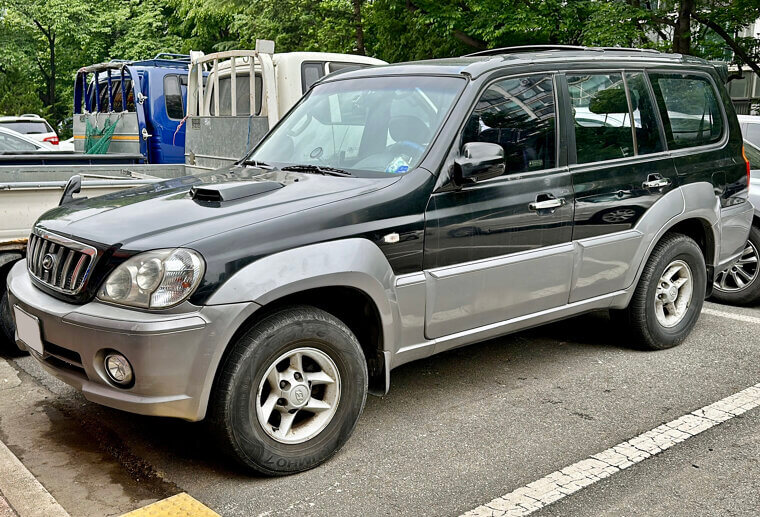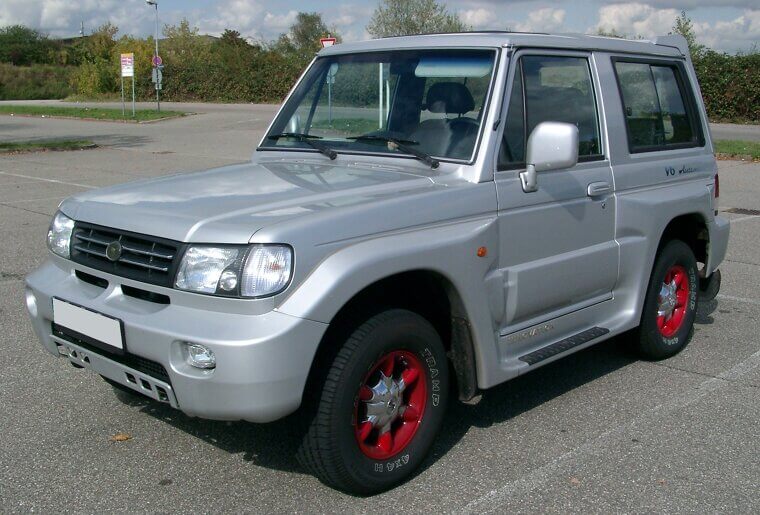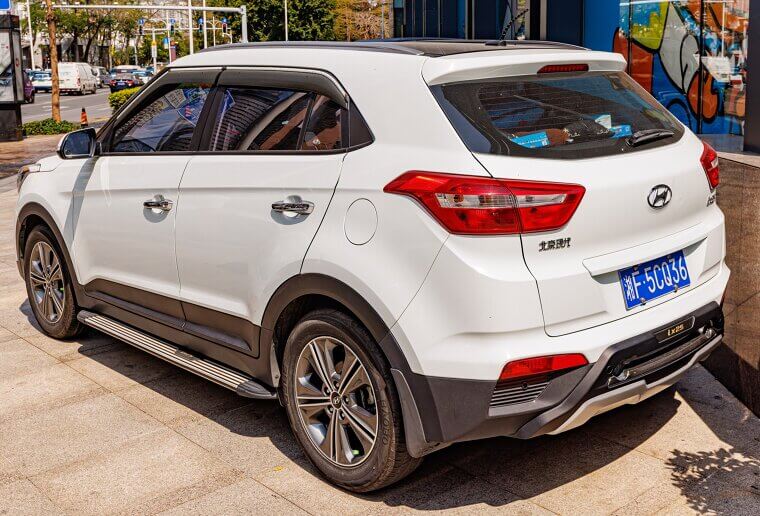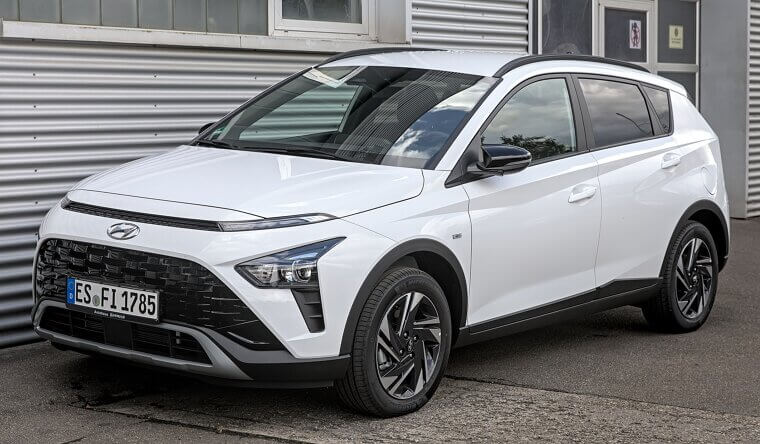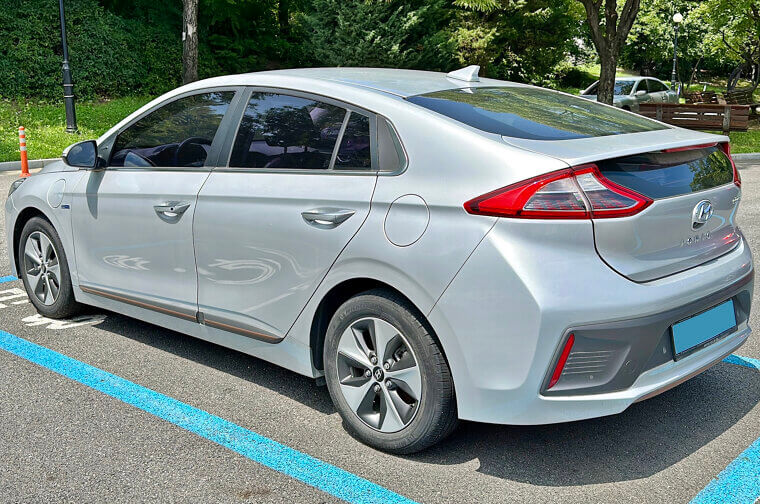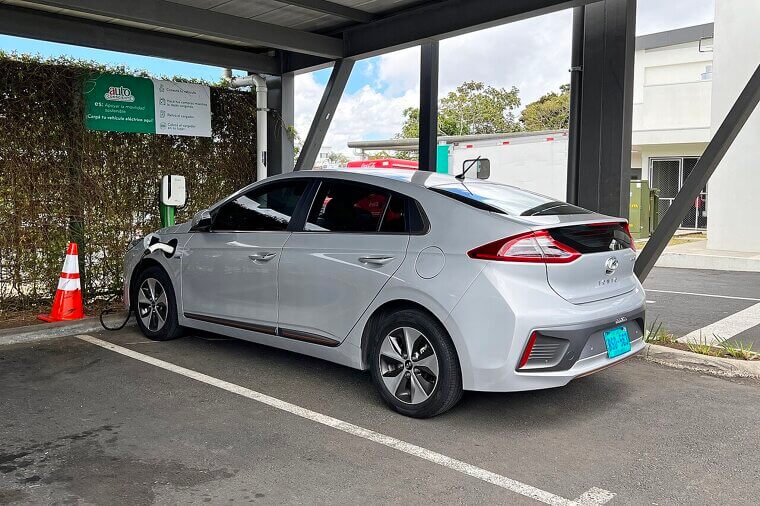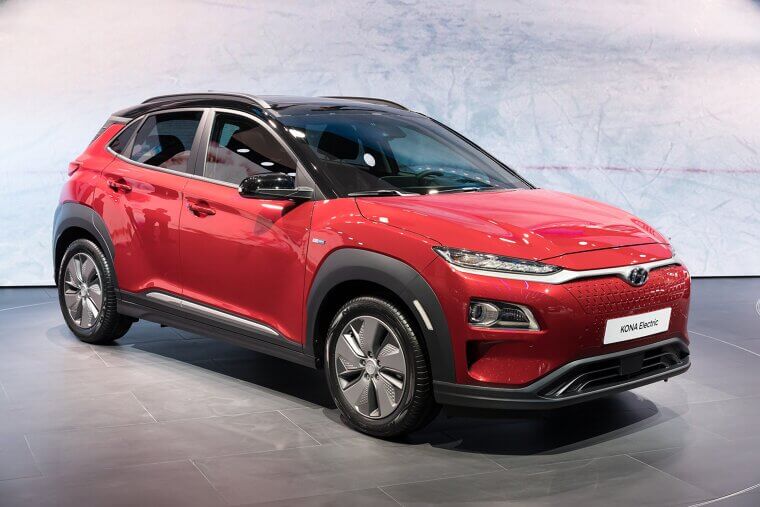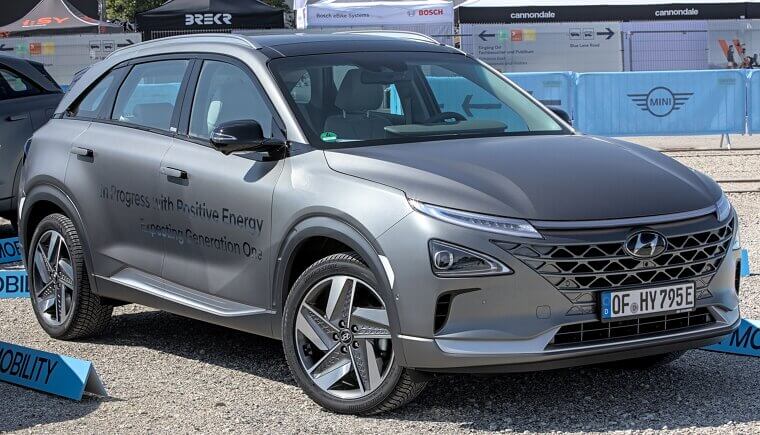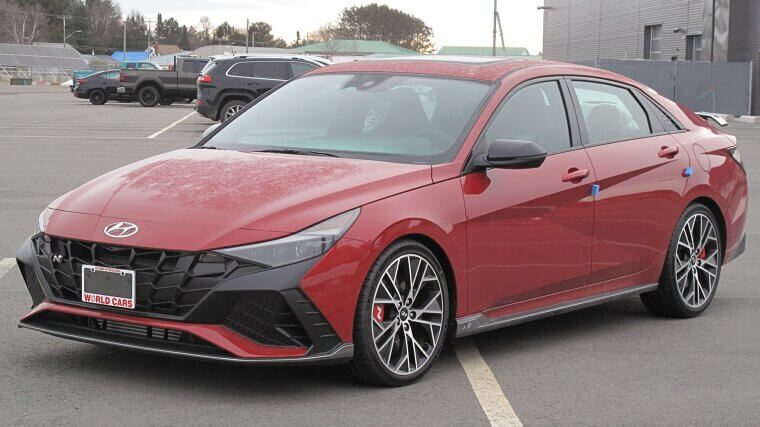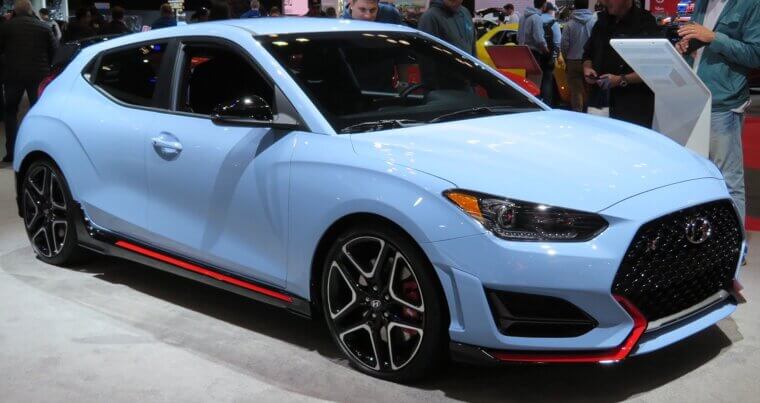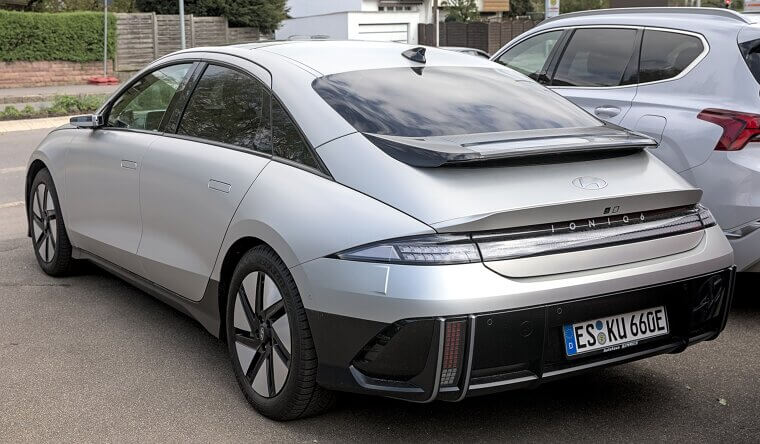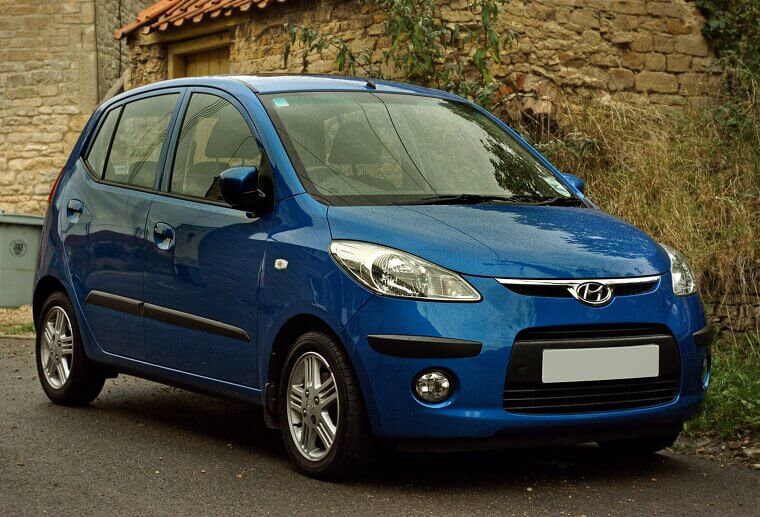These Hyundais Aged More Like Milk Than Wine, Especially Compared to Their Rivals
Hyundai is known for making very reliable, high-quality cars that drivers and owners can enjoy for many years. Plus, their design doesn't leave anyone feeling like they need to be embarrassed. Unfortunately, though, these models aged so badly when compared to competitors that we're all left scratching our heads. Keep scrolling to see which Hyundai takes the prize for worst aging.
Hyundai Sonata
The Sonata is one of the most well-known and commonly driven Hyundai models in the world. However, even though the car is popular, certain models didn't quite meet expectations. To be more specific, the 2011 version received plenty of complaints regarding engine failures and steering issues.
Hyundai Elantra
The Hyundai Elantra became known for its engine ticking problem, as well as various suspension issues. Overall, this budget-friendly car ended up costing owners a whole lot of repairs.
Hyundai Santa Fe
Even though the Santa Fe was successful for Hyundai, it didn't quite stand the test of time - especially when compared to competitor options. It struggled with various transmission and engine issues, leading to costly and frequent repairs that left a sour taste in buyers' mouths.
Hyundai Tucson
There have been plenty of popular Tucson models released over the years, but the 2011 model didn't quite meet the same standard. With an overall poor build quality and various engine concerns, to say it left buyers disappointed would be an understatement.
Hyundai Accent
While some Hyundai Accent models have been widely successful, the same can't be said for the 2007-2009 version. Buyers expected the same build quality and reliability of most Hyundai's, but were left wanting due to frequent electrical problems and transmission failures.
Hyundai Azera
The 2006 version of the Hyundai Azera may have been popular initially, but it didn't quite age as gracefully as many of its competitor models. It struggled with suspension and steering issues, leading to costly repairs that added up quickly. More so, the car had an outdated design from the get-go, which became more and more obvious as the years went by.
Hyundai Genesis
Over time, the Hyundai Genesis became known for its electrical concerns and infotainment failures. While it may have caught the eye of buyers initially, it simply didn't meet the high reliability standards of other Hyundai models.
Hyundai Veloster
The Hyundai Veloster looked great and promised reliability, but it didn't quite meet expectations. Owners often struggled with dual-clutch transmission issues, which led to frequent and costly repairs. The car also had very small back seats, which wasn't ideal for family driving.
Hyundai Veracruz
The Hyundai Veracruz promised reliability, practicality, and to be the perfect family car. However, it struggled with various transmission and oil leak problems, especially after a few years of use. As a result, buyers were left bitterly disappointed, and various complaints were filed.
Hyundai Tiburon
The 2008 model of the Hyundai Tiburon was expected to be a new and improved model for Hyundai. However, after just a few years, buyers started to realize that the car didn't quite warrant all of the hype. It had an extremely poor resale value and included dated technology.
Hyundai Sonata Hybrid
The Sonata Hybrid was one of the very first semi-electronic vehicles designed by Hyundai. While it may have included some innovative design features, it lagged behind the Prius in sales and for good reason. The car simply didn't meet the same high standards.
Hyundai I30N Line
The Hyundai i30N Line was expected to be an innovative and ground-breaking car for the brand. However, it didn't quite live up to these expectations. While the car may have looked great, it struggled with a poor design and various transmission issues.
Hyundai Genesis Coupe
The Hyundai Genesis Coupe looked great, which attracted plenty of buyers. However, when compared to competitor products, the car simply didn't stand the test of time. It had a poor resale value and plenty of reliability concerns, which was rather strange for a Hyundai product.
Hyundai Azera (2008)
Compared to earlier models of the Hyundai Azera, the 2008 model looked as though it would offer something truly special. It had a modernized design and promised innovative features. In reality, it struggled with rapid depreciation and poor transmission issues.
Hyundai Ioniq Hybrid (2017)
The 2017 version of the Hyundai Ioniq Hybrid lagged behind the Prius in terms of sales and for good reason. While the car was decent, it simply didn't offer the same innovative features and technology as the Prius, leaving buyers wanting.
Hyundai Genesis Sedan
The Hyundai Genesis Sedan had a great look to it, but didn't quite live up to expectations. It didn't offer enough space to be a family car, but was too big to be performance-based. It also struggled with transmission issues, which led to costly and frequent repairs.
Hyundai Equus
The Hyundai Equus offered a great design. In fact, many believed that it was a luxury vehicle, as it looked pretty similar to the Mercedes of the time. However, the performance aspect of the car didn't quite stack up, which led to a poor resale value and some very unhappy buyers.
Hyundai XG350
The Hyundai XG350 looked outdated from the very start, which led to poor sales numbers. However, when compared to competitor products of the time, it didn't stack up in terms of performance either.
Hyundai Excel
The Hyundai Excel promised reliability and practicality. However, over the years, buyers started to realize that the car didn't quite live up to these expectations. It struggled with frequent transmission and steering issues, which led to a low resale value and a costly reparation bill.
Hyundai Scoupe
The Hyundai Scoupe had a unique design that appealed to some drivers. However, what didn't appeal to anyone was the frequent suspension issues that plagued the vehicle. This led to a low resale value and some very unhappy buyers.
Hyundai Palisade
The Hyundai Palisade not only looked great, but it also performed pretty well. However, when compared to competitor vehicles, it simply didn't offer anything groundbreaking. The infotainment system was rather outdated, and the interior was standard. As a result, it lagged behind in sales.
Hyundai Venue
The Hyundai Venue promised to be the ultimate family vehicle. However, while it did offer plenty of interior and cargo space, it didn't quite live up to the hype. The Venue struggled with transmission issues, which led to costly repairs and a low resale value.
Hyundai Kona
The Hyundai Kona is one of the brand's most well-known models. However, the Kona N model didn't leave buyers all too impressed. It promised to be a high-performance vehicle, but it didn't have the power or steering to back it up, leading to a low resale value.
Hyundai Terracan
The Hyundai Terracan looked outdated from the start, but still managed to sell reasonably well. However, as time went on, buyers started to realize that the car not only looked old-fashioned, but also included outdated features as well. This led to a poor performance when compared to competitor vehicles.
Hyundai Galloper
The Hyundai Galloper simply wasn't a very practical car, which was a far cry from what loyal Hyundai customers were used to. There was very limited interior space, and the car struggled with an overall poor design, which led to low sales numbers and a poor resale value.
Hyundai Creta
While the Hyundai Creta looked modern and sophisticated, it simply didn't perform the same. The car struggled with a number of design problems, including frequent electrical and transmission issues. This led to costly repairs, which left a sour taste in buyers' mouths.
Hyundai Bayon
The Hyundai Bayon promised to be a spacious and reliable car, but didn't quite live up to expectations. It struggled with frequent transmission and steering issues, which led to costly repairs. Overall, this ruined the car's reputation for being a budget-friendly and reliable vehicle.
Hyundai Ioniq Plug-In
The Hyundai Ioniq Plug-In was supposed to be a groundbreaking release for the brand. However, the car didn't quite meet the same standards of competitor models, leading to low sales numbers. It also struggled with frequent electrical issues, which didn't sit well with buyers.
Hyundai Ioniq Electric
Even though the Hyundai Ioniq Electric was praised for its overall innovation, it also struggled with various drawbacks. This included transmission issues, as well as breaking system glitches. Additionally, many buyers complained about a loss of power on inclines, which became the main issue associated with the car.
Hyundai Kona Electric
Even though the Hyundai Kona Electric was popular upon its initial release, the car began to experience a few drawbacks over time. This included rapid battery drain, which led to costly replacements and repairs. Buyers also complained about coolant leaks, which resulted in overheating issues.
Hyundai Nexo
The Hyundai Nexo often struggled with faulty seals and connectors in the hydrogen system, which severely impacted the car's overall performance. This would also trigger warning lights, which left buyers confused and frustrated. Additionally, buyers would complain about a loss of power during acceleration.
Hyundai Elantra N
The Hyundai Elantra N may have looked great, but the car didn't quite meet the high reliability standards that buyers have come to expect from the brand. Overall, it struggled with steering and transmission issues, which led to a low resale value.
Hyundai Veloster N
The Hyundai Veloster N looked fast, innovative, and stylish. In reality, though, the car failed to impress or stand the test of time. It struggled with transmission issues, as well as clutch wear and tear. Buyers also noted a weird clunking noise when driving, which left many concerned.
Hyundai Ioniq 6
While the Hyundai Ioniq 6 may be an innovative car for the brand, it didn't come without its fair share of drawbacks. One of the main issues was overheating during level 2 charging. The car also experienced random battery failures, which led to costly replacements.
Hyundai I10
While the Hyundai i10 was praised for being a great city car, it fell short in other aspects. One of the biggest issues experienced was frequent clutch failure. The car also struggled with frequent engine misfires and idling problems.

